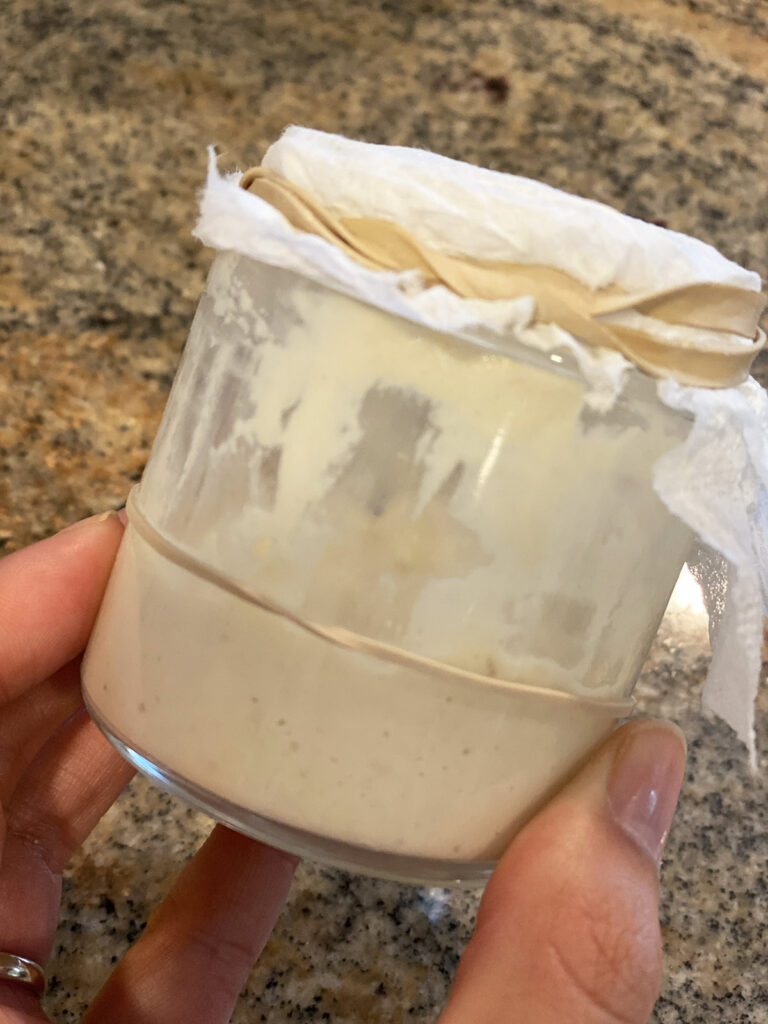
When it comes to bread, few things evoke the same sense of tradition and flavor as sourdough. This age-old method of breadmaking has been cherished for generations, and its enduring popularity is not without reason. Sourdough’s unique character, tangy taste, and nuanced texture has made it a staple in many kitchens, and in this post, we will explore how sourdough works, why you might choose it over conventional yeast, and how to start baking with it.
Sourdough bread is not your typical loaf of bread. Instead of commercial yeast, it relies on a natural fermentation process driven by wild yeasts and lactic acid bacteria. The magic happens when flour and water come together to create an environment where these microorganisms can thrive. This starter culture, sometimes referred to as a “levain,” becomes the heart and soul of sourdough bread.
Why Use Sourdough Instead of Yeast?
The most apparent difference is flavor. Sourdough has a tangy, complex taste that’s hard to replicate with store-bought yeast. This depth of flavor develops during the fermentation process, thanks to the lactic acid bacteria. Furthermore, sourdough is often considered easier to digest compared to yeast-raised bread. The long fermentation process breaks down gluten and phytic acid, making it gentler on the stomach for some individuals. Sourdough’s acidity acts as a natural preservative, allowing the bread to stay fresher for longer without the need for added chemicals.
How to bake with Sourdough?
Your journey begins with a sourdough starter, which is a simple mixture of flour and water, allowing wild yeasts and bacteria to populate and create a lively culture. It takes patience and daily feeding to establish a robust starter, but it’s also fun, almost like nursing a new pet.
Once your starter is active (which can take about a week), you’ll mix it with more flour and water to create your dough. Depending on your recipe, you might add salt and other ingredients at this stage.
After fermentation, you’ll shape your dough and allow it to proof. This step is where the dough rises, sometimes in a banneton or other proofing baskets, to give your bread its characteristic shape.
The final step is baking your sourdough. Preheat your oven with a cast-iron Dutch oven inside. Once hot, carefully place your dough in the Dutch oven and bake, covered, for a portion of the time, and uncovered for the rest. This method helps trap steam and create a beautiful crust.
Sourdough is a timeless craft, rooted in tradition yet versatile enough to fit modern kitchens. Its unique flavor and texture, combined with potential health benefits, make it a worthwhile endeavor for those who love good bread. While the process might seem challenging at first, the reward of a homemade, freshly baked sourdough loaf is well worth the effort. So, roll up your sleeves, embrace the patience it requires, and embark on your sourdough journey – you won’t be disappointed.
Want to make sure you’re off to a good start? Buy the Sourdough Starter Kit from Basil & Bloom:


